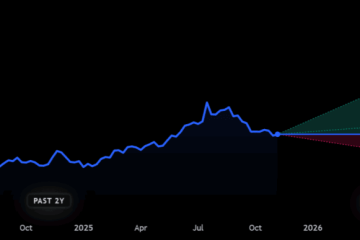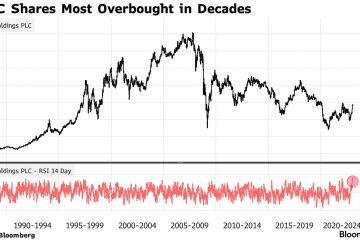Latest Developments and Impact of the European Central Bank (ECB)

Introduction
The European Central Bank (ECB) plays a crucial role in the monetary policy of the Eurozone, influencing economic stability and growth in member states. As Europe grapples with challenges such as inflation, economic recovery post-COVID-19, and geopolitical tensions, the actions and decisions taken by the ECB become pivotal. Understanding the ECB’s latest developments is essential for investors, policymakers, and citizens alike as these will impact the economy and daily finances.
Recent ECB Actions
In recent weeks, the ECB has taken significant steps to navigate the complex economic landscape. Following a series of interest rate hikes intended to combat rising inflation, President Christine Lagarde announced that the ECB stands ready to adjust monetary policy based on incoming economic data. As of September 2023, the ECB’s rates are at their highest levels in over a decade, with the benchmark interest rate set at 4%.
Moreover, the central bank is closely monitoring inflation rates, which have shown signs of persistent pressure despite some moderation. Data from Eurostat indicates that inflation was recorded at 5.3% in August, down from over 8% earlier in the year, suggesting a potential stabilisation in prices but still above the ECB’s target of 2%. This uneasy balance forces the ECB to weigh the potential for a recession against the need to keep inflation in check.
Impact on the Eurozone Economy
The implications of the ECB’s policies extend beyond interest rates; they affect everything from consumer spending to investment strategies. The current high rates can lead to higher borrowing costs for businesses and individuals, potentially slowing down economic growth. Furthermore, the ECB’s stance on tightly managing inflation may influence the strength of the Euro against other currencies, impacting international trade.
Experts indicate that if inflationary pressures persist, further interest rate hikes could be on the horizon, which might exacerbate economic challenges for member states. Conversely, should inflation show sustained signs of decline, the ECB could consider pausing rate increases, providing some relief to borrowers.
Conclusion
As the landscape evolves, the role of the ECB remains critical. Stakeholders must stay informed about its decisions and their ramifications. The ongoing adjustments to monetary policy are a balancing act that reflects the unique challenges of the Eurozone. Looking ahead, analysts predict that the ECB will continue monitoring economic indicators closely, and potentially adapt its strategy as necessary. For those in Europe, understanding the developments surrounding the ECB will be vital in making informed financial decisions in an ever-changing economic environment.









